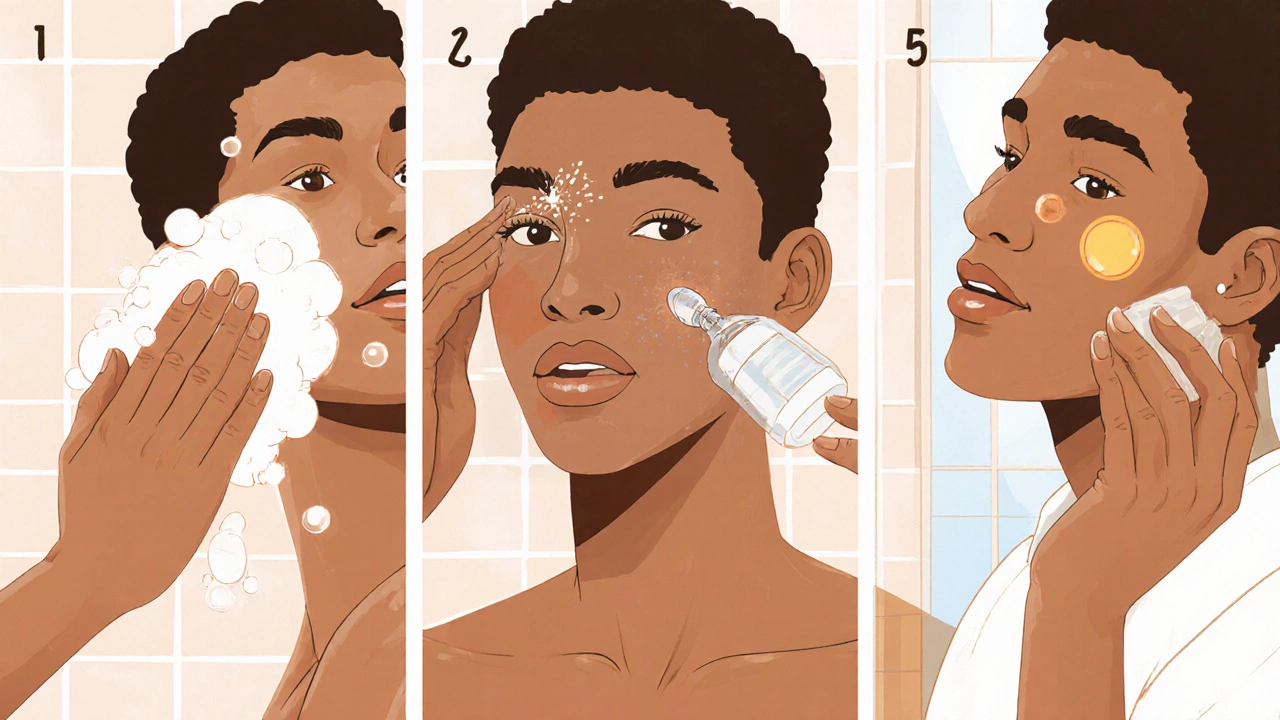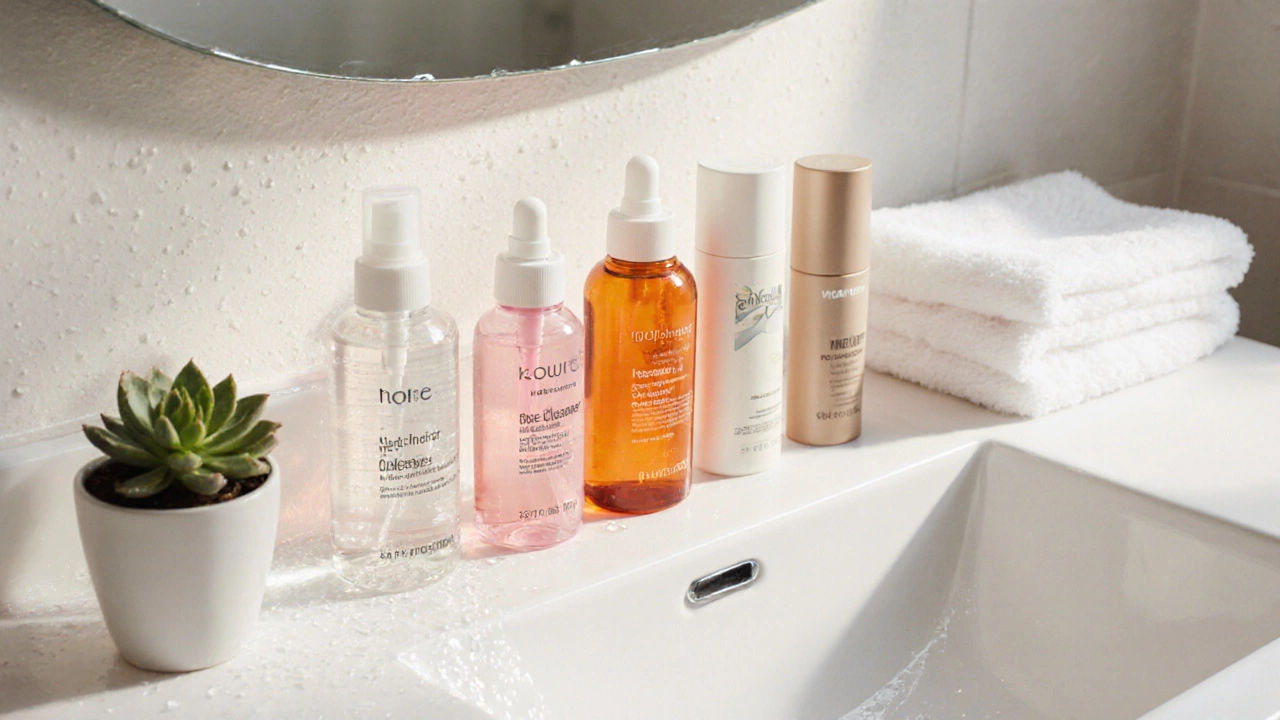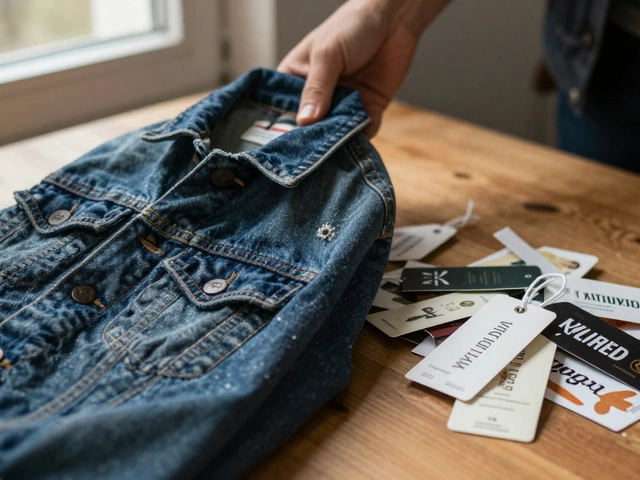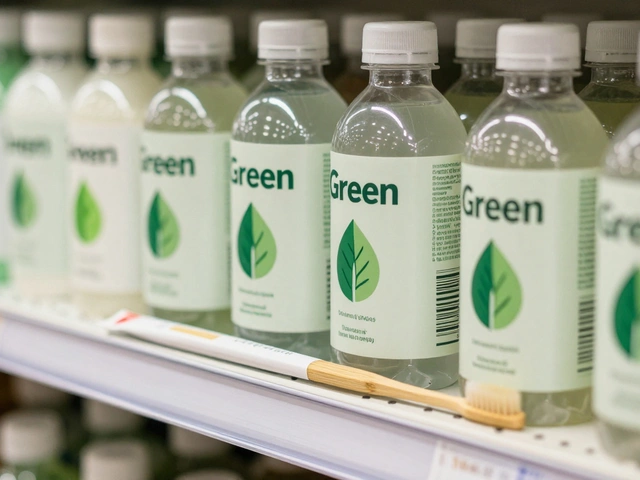Skin Care Routine Guide
Select Your Skin Type
Your Current Routine
Current Steps:
Cleanser, Toner, Serum, Moisturizer, Sunscreen
Recommended for Your Skin Type:
Cleanser, Toner, Serum, Moisturizer, Sunscreen
The 5-Step Skin Care Routine
Removes dirt, excess oil, makeup, and pollutants. For oily skin, use a gel-based cleanser. For dry skin, opt for a cream or oil-based cleanser.
Restores pH balance and primes skin for next layers. Use witch hazel for oily skin or rose water for dry/sensitive skin.
Delivers active ingredients like antioxidants, vitamins, or acids deep into the skin. Choose based on your concerns.
Locks in hydration and strengthens the skin barrier. Use richer creams for dry skin, lighter lotions for oily skin.
Protects against UV damage. Use broad-spectrum SPF 30 or higher daily. Reapply every 2 hours when outdoors.
Personalized Recommendations
Ever felt overwhelmed by the endless product hype and wondered what the real skin care routine should look like? You’re not alone. Most people crave a simple, effective plan that fits into a busy day and actually delivers clearer, healthier skin. Below you’ll find a no‑nonsense, step‑by‑step guide to the five core actions that keep skin glowing, plus tips for tailoring each move to your unique skin type.
Key Takeaways
- Five universal steps-cleanse, tone, treat, moisturize, protect-cover every skin need.
- Choose products based on skin type (dry, oily, combination, sensitive) for maximum benefit.
- Apply products in order of lightest to heaviest texture to ensure proper absorption.
- Sun protection is non‑negotiable, even on cloudy days.
- Consistent timing (morning vs. night) boosts results and prevents irritation.
Step 1: Cleanser - The Fresh Start
Every effective routine begins with a cleanser is a formulated product that removes dirt, excess oil, makeup, and pollutants from the skin surface. Think of it as clearing the runway before a plane takes off. For oily skin, a gel‑based, foaming formula works best; dry skin benefits from cream or oil‑based cleansers that add a touch of hydration while cleaning. Use lukewarm water, massage gently for 30‑60 seconds, then rinse thoroughly. Avoid harsh scrubbing-your skin’s barrier can become irritated, leading to redness and breakouts.
Step 2: Toner - Balance and Prep
After cleansing, the next move is to restore pH balance and prime the skin for the next layers. A toner is a liquid solution that refines pores, adds a mild level of hydration, and prepares the skin for serum absorption. Look for ingredients like witch hazel for oily skin (helps tighten pores) or rose water and glycerin for dry skin (adds moisture). Apply with a cotton pad or gently pat directly onto the face; there’s no need to rinse.
Step 3: Serum - Targeted Treatment
The serum is the powerhouse of the routine. A serum is a concentrated formula, typically water‑based, that delivers active ingredients like antioxidants, vitamins, or acids deep into the skin. Choose based on your primary concern: vitamin C for brightening, hyaluronic acid for hydration, niacinamide for oil control, or retinol (night‑only) for anti‑aging. Because serums are lightweight, they slip through the skin quickly, allowing the actives to work efficiently. Apply 2-3 drops and spread evenly with fingertips, avoiding the delicate eye area.

Step 4: Moisturizer - Seal the Deal
Even oily skin needs moisture. A moisturizer is a cream, lotion, or gel that locks in hydration, strengthens the barrier, and reduces transepidermal water loss. For dry skin, opt for richer creams with ceramides and lipids. For acne‑prone or oily skin, a gel‑based, non‑comedogenic option works best. Apply while the skin is still slightly damp from the serum; this helps trap water molecules. Use upward, gentle strokes-never pull or tug.
Step 5: Sunscreen - The Non‑Negotiable Shield
The final step protects everything you’ve built. A sunscreen is a topical product that absorbs, reflects, or scatters UV radiation to prevent skin damage, premature aging, and hyperpigmentation. Pick a broad‑spectrum SPF 30 or higher. If you have oily skin, a matte‑finish gel or fluid works; dry skin benefits from a cream with added moisturizers. Apply a nickel‑sized amount to the face and neck 15 minutes before stepping outside, and reapply every two hours when outdoors.
Understanding Your Skin Type
Choosing the right products hinges on recognizing whether your skin is dry, oily, combination, or sensitive. A skin type is a classification based on oil production, moisture levels, and barrier integrity that guides product selection. Quick test: after washing, wait an hour and observe how your skin feels. Tight, flaky skin signals dryness; shiny T‑zone indicates oiliness. Sensitive skin often reacts with redness or itching to new formulas. Knowing this lets you swap ingredients-like swapping alcohol‑based toners for soothing rose water if you’re sensitive.
Application Techniques & Pro Tips
Even the best products can under‑perform if applied incorrectly. Here’s a concise cheat sheet:
- Pat, don’t rub: Use gentle patting motions for serums and moisturizers to aid absorption.
- Layer light to heavy: Start with the thinnest texture (cleanser → toner → serum → moisturizer → sunscreen).
- Wait 30 seconds between steps: Gives each layer time to sink in, preventing dilution.
- Massage with upward strokes: Helps promote circulation and reduces tugging.
- Use the right amount: Over‑loading can clog pores; follow product guidelines (usually pea‑size for serums, nickel‑size for moisturizers).

Morning vs. Evening Routine - Quick Comparison
| Step | Morning Focus | Evening Focus |
|---|---|---|
| Cleanser | Light, water‑based (remove overnight oil) | Thorough, possibly double‑cleanse (remove makeup, sunscreen) |
| Toner | Balancing, pH‑adjusting | Hydrating or exfoliating (AHA/BHA low %) |
| Serum | Antioxidant (vitamin C) or brightening | Repair‑focused (retinol, peptides) |
| Moisturizer | Lightweight, oil‑free if oily; adds SPF if combined | Richer, barrier‑supporting (ceramides, niacinamide) |
| Sunscreen | Mandatory - broad spectrum SPF 30+ | Skip (unless using day‑cream with SPF) |
Common Mistakes & How to Fix Them
Skipping sunscreen. Even indoors, UV rays seep through windows. Keep a travel‑size SPF on your desk.
Over‑exfoliating. More than 2-3 times a week can strip the barrier. Stick to chemical exfoliants (AHA/BHA) at low concentrations if you have sensitive skin.
Choosing products based purely on hype. Look for ingredient transparency and dermatologist backing. A product with 5% niacinamide is often more effective than a 30% “brightening” mix with unknown actives.
Building Your Personalized 5‑Step Routine
Start simple: pick a gentle cleanser, a pH‑balancing toner, a basic vitamin C serum, a lightweight moisturizer, and a reliable SPF. Use this combo for two weeks; monitor how your skin feels and looks. Then iterate-swap in a hyaluronic serum if you’re thirsty for extra hydration, or add a retinol at night once your skin is tolerant.
Frequently Asked Questions
Can I skip a step if I’m in a hurry?
If time is tight, prioritize cleansing, serum (or moisturizer with actives), and sunscreen. Skipping toner or moisturizer regularly can compromise barrier health.
Do I need a different routine for my 20s vs. 30s?
The core five steps stay the same. In your 20s, focus on prevention-antioxidants and sunscreen. In your 30s, introduce anti‑aging actives like retinol and peptides.
Is it okay to use the same cleanser morning and night?
Generally yes, especially if you use a mild, sulfate‑free cleanser. If you wear heavy makeup, consider a two‑step cleanse at night (oil‑based first, then your regular cleanser).
What’s the best way to store serums?
Keep serums in a cool, dark place-ideally a refrigerator for vitamin C or retinol. Light and heat degrade active ingredients quickly.
Can I use the same sunscreen year‑round?
Yes, as long as it’s broad‑spectrum SPF30+ and you reap‑apply after swimming or sweating. In winter, you might choose a moisturizer‑tinted SPF for extra comfort.










